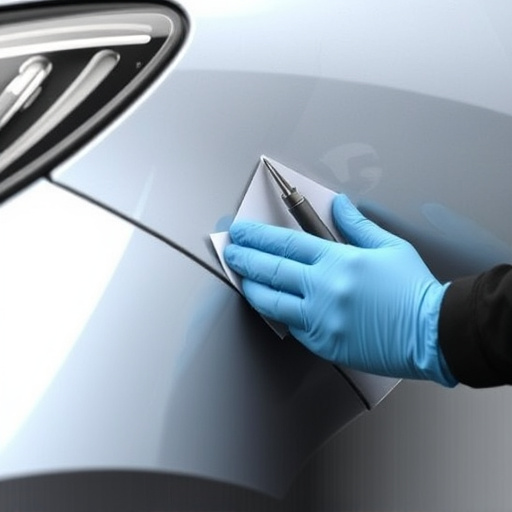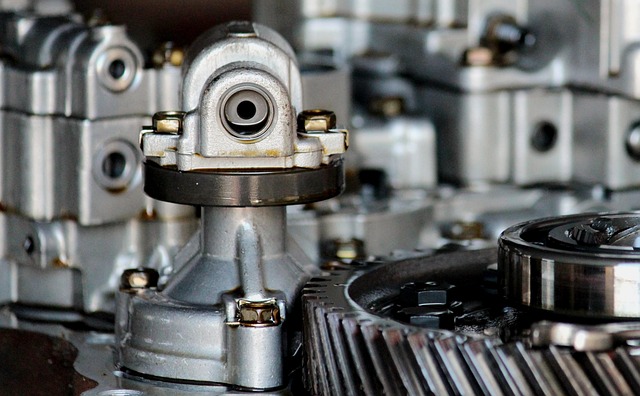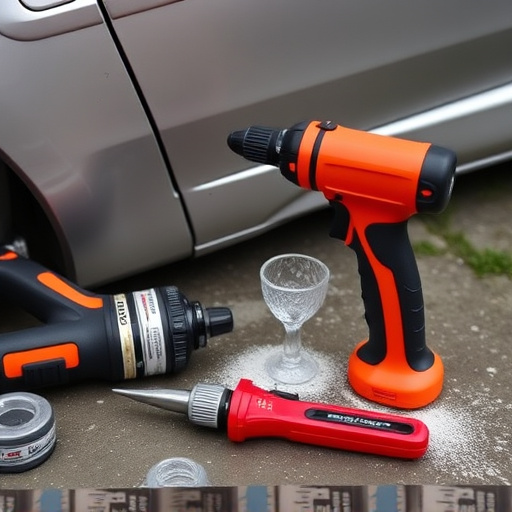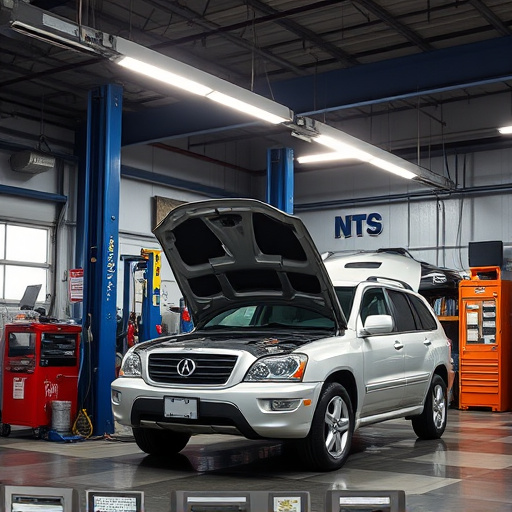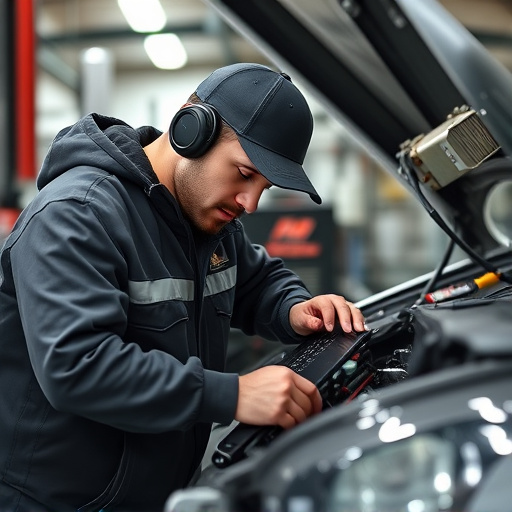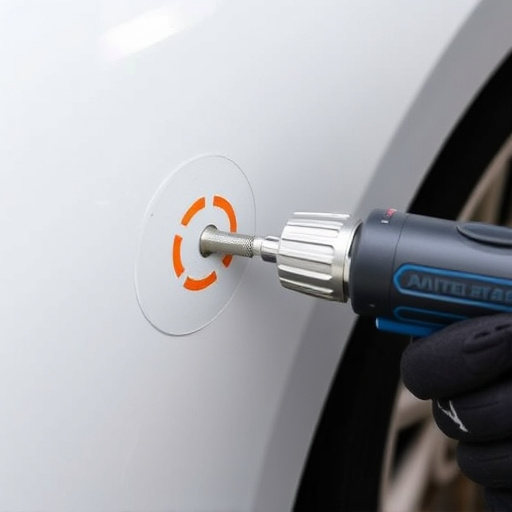In crisis management, vehicle repair communication is vital for swift issue resolution in the automotive sector. It facilitates damage assessment, diagnosis, and coordination among stakeholders, fostering trust and setting realistic expectations. Effective communication through digital channels like SMS, email, social media, online chat, and live video conferencing minimizes disruptions, enhances customer satisfaction, and is a key differentiator for auto repair businesses during unforeseen events.
In today’s fast-paced world, effective vehicle repair communication is a key component of crisis management. When mechanical failures or accidents occur, clear and concise messaging can significantly impact outcomes. This article explores the critical role of vehicle repair communication during crises, delving into strategies that enhance safety and efficiency. We present case studies demonstrating successful communication in action, highlighting best practices for mechanics, dispatchers, and customers alike. Understanding these dynamics is essential for navigating challenging situations effectively.
- Understanding Vehicle Repair Communication in Crisis
- Effective Strategies for Crisis Management
- Case Studies: Successful Communication in Action
Understanding Vehicle Repair Communication in Crisis
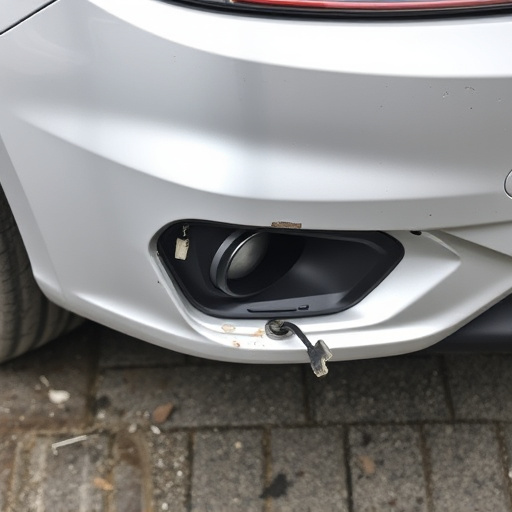
In the high-pressure environment of crisis management, effective communication is paramount, and this is especially true for the automotive industry. Vehicle repair communication plays a pivotal role in ensuring swift and accurate responses during unexpected situations. It involves the exchange of information between various stakeholders—from mechanics to customers—to address vehicle issues efficiently. This process includes assessing damage, diagnosing problems, and coordinating repairs, all while maintaining open lines of communication.
Effective vehicle repair communication acts as a lifeline, bridging the gap between immediate needs and long-term solutions. For instance, in the event of a classic car restoration or automotive restoration project, clear communication ensures that owners’ visions are accurately translated into actionable steps. Whether it’s discussing intricate bodywork repairs or restoring a vehicle to its former glory, open dialogue fosters trust, sets expectations, and ultimately contributes to crisis resolution, ensuring client satisfaction and peace of mind.
Effective Strategies for Crisis Management
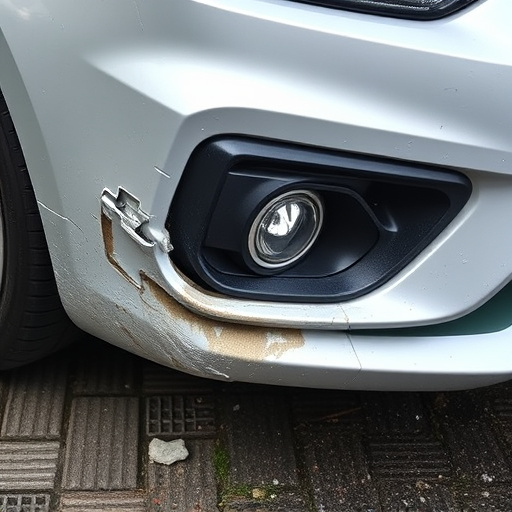
In crisis management, effective communication is key to minimizing damage and restoring operations swiftly. Vehicle repair shops play a vital role in this process through vehicle repair communication strategies that ensure clarity and transparency during unprecedented times. One of the most successful approaches involves proactive updates using multiple channels like SMS alerts, email newsletters, and social media posts. By keeping customers informed about service disruptions, estimated repair timelines for automotive repair services, and safety measures taken post vehicle collision repair or car paint repair, workshops foster trust and satisfaction.
Moreover, leveraging digital platforms allows for real-time interaction between staff and clients. Online chat features on websites or dedicated apps enable customers to seek information promptly, while live video conferencing can facilitate remote consultations for complex repairs. This two-way communication streamlines issue resolution, enhances customer service, and contributes to a more efficient crisis management strategy.
Case Studies: Successful Communication in Action

In the realm of crisis management, effective communication is a powerful tool, especially within the context of vehicle repair industries. Case studies demonstrate that successful communication strategies can significantly mitigate the impact of unexpected events. For instance, consider a leading collision repair shop that encountered a severe storm, causing widespread damage to vehicles in its vicinity. The shop’s proactive communication plan involved promptly updating customers via text messages and social media, ensuring they were aware of potential delays and providing regular status updates. This approach fostered trust and satisfied clients, even amidst the crisis.
Another notable example involves a vehicle dent repair service that experienced a sudden surge in demand due to local car enthusiasts organizing an event. The business handled the situation by implementing a multi-channel communication strategy. They utilized email campaigns, live chat support on their website, and even dedicated phone lines to manage customer inquiries efficiently. As a result, they not only satisfied the increased customer base but also maintained excellent service quality, showcasing the power of strategic vehicle repair communication in diverse crisis scenarios.
Vehicle repair communication plays a pivotal role in crisis management, offering a structured approach to mitigate damage and restore trust. By implementing effective strategies, as outlined in this article, businesses can effectively navigate crises, ensuring swift and transparent resolutions. The case studies highlight the tangible benefits of proactive communication, demonstrating that clear and consistent messaging is key to building and maintaining customer confidence during challenging times. Embracing vehicle repair communication as a critical tool enables garages and mechanics to not only survive but also thrive in crisis scenarios.
